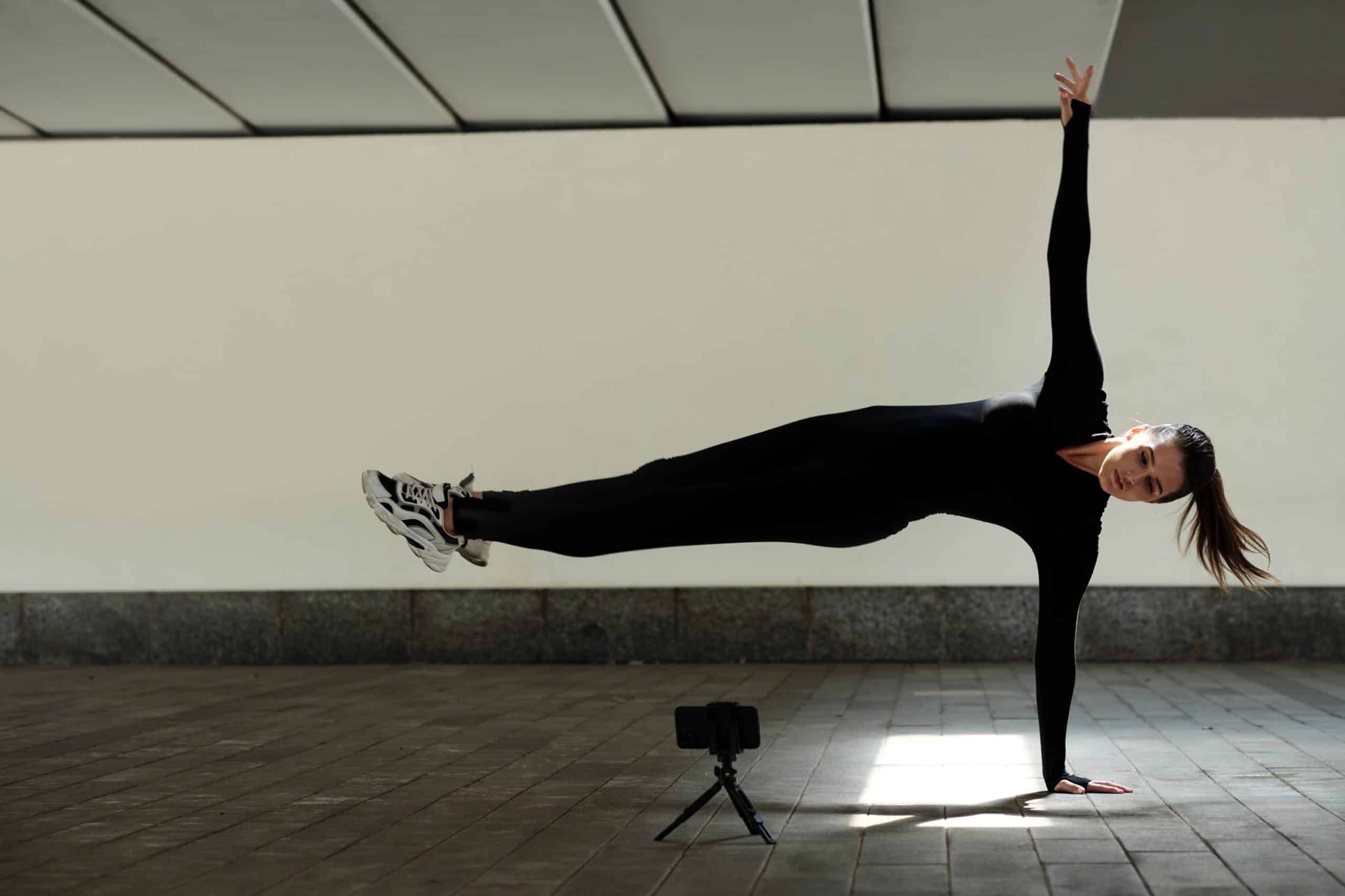What Are the Health Benefits of Hypoxic Training for Elite Athletes?

Hypoxic training is an exercise regimen performed under conditions of decreased oxygen, replicating the environment at high altitudes. Elite athletes worldwide have been using this form of training in their preparation to gain a competitive advantage, and the benefits are remarkable. This article delves into the specific benefits of hypoxic training.
We will discuss the enhancements to athletic performance, blood function, and overall health that can be achieved by training in hypoxic conditions. This article is based on reliable sources including Google Scholar, PubMed, and CrossRef.
Cela peut vous intéresser : How Does Participating in Digital Detox Camps Improve Family Relationships and Mental Health?
Enhanced Athletic Performance
Training under hypoxic conditions can greatly enhance athletic performance. During hypoxic training, the body learns to adapt to a lower oxygen environment, which can help increase endurance, stamina, and overall performance when competing at sea level or other low-altitude environments.
When you undergo hypoxic training, your body learns to use oxygen more efficiently. It compensates for the low-oxygen conditions by improving oxygen delivery and utilization. This means that when you are competing at sea level, your body can operate at a higher level because it is used to functioning with less oxygen.
A lire également : How Does the Practice of Urban Foraging Contribute to Food Security and Nutrition?
Studies published in reputable journals such as Med Sci Sports Exerc and J Appl Physiol have shown that high-interval hypoxic training can improve aerobic performance by enhancing maximum oxygen uptake (VO2 max), which is a key indicator of cardiorespiratory fitness.
Improved Blood Function
Hypoxic training triggers your body’s natural response to lower oxygen levels by producing more red blood cells. These cells are responsible for carrying oxygen from your lungs to the rest of your body. With more red blood cells in your system, your blood can transport a greater amount of oxygen. This process is known as erythropoiesis.
Published in Med Sci Sports Exerc, a study found that two to three weeks of high altitude training increased the red blood cell count in athletes. This increase can improve the delivery of oxygen to the muscles, enhancing endurance and reducing fatigue.
Hypoxic training also increases the production of EPO, or erythropoietin, a hormone that stimulates the production of red blood cells. This is one of the reasons why athletes sometimes train at high altitudes. Increased EPO levels can benefit athletes in endurance sports such as cycling, long-distance running, and swimming.
Enhanced Cardiovascular Function
Hypoxic training can enhance your cardiovascular function. According to a study available on PubMed, hypoxic training can lead to physiological changes that improve the efficiency and function of the heart.
The heart, like any muscle, adapts and becomes stronger under the stress of working in low-oxygen conditions. The body adapts to hypoxia by improving the cardiovascular system’s efficiency, including a larger stroke volume (the amount of blood pumped per heartbeat), and increased capillarization (the formation of new blood vessels).
This enhanced cardiovascular function can result in an improved ability to sustain intense exercise for longer periods, providing an obvious advantage for competitive athletes.
Positive Impact on Health and Wellbeing
Beyond the direct benefits to athletic performance, hypoxic training also has broader implications for health and wellbeing.
Research highlighted on Google Scholar and PubMed suggests that hypoxic training can aid in weight management. By increasing metabolic rate, hypoxic training can help burn more calories, even at rest. This increased metabolic efficiency can assist athletes in maintaining a healthy weight and body composition.
Additionally, hypoxic training can stimulate the production of human growth hormone (HGH), which plays a role in muscle growth and cellular regeneration. This can aid in faster recovery times and overall improved physical wellness.
Risks and Considerations
However, it is crucial to note that hypoxic training is not without risks. According to the British Journal of Sports Medicine, athletes should be aware of the possible side effects, including acute mountain sickness, sleep disturbances, and decreased immune function.
Having a medical professional supervise the training is recommended to ensure optimal performance and safety. Athletes should also consider individual factors such as medical history and current health status before starting a hypoxic training regimen.
It is also important for athletes to gradually acclimate to the hypoxic conditions to reduce the risk of negative side effects. Starting with low-intensity workouts and gradually increasing intensity and time spent in hypoxia can aid this acclimation process.
Remember, every athlete is unique, and what works for one may not work for another. Therefore, it’s essential to tailor your training program to your specific needs and goals. Always consult with an experienced trainer or medical professional before beginning a new regimen.
Potential for Enhanced Cognitive Function
Hypoxic training could possibly enhance cognitive function. As a part of the body’s adaptation to low oxygen conditions, the brain’s capacity to use oxygen efficiently may also improve. According to a study available on Google Scholar, hypoxic training may lead to improved cognitive performance, including memory and attention.
The brain, similar to other muscles, may adapt and strengthen under the stress of working in low-oxygen conditions. This adaptation could include improved brain cell efficiency and resilience, potentially resulting in increased cognitive function. Moreover, the production of red blood cells, which carry oxygen, is increased during hypoxic training, potentially providing the brain with more oxygen and nutrients.
For elite athletes, this could mean enhanced decision-making, focus, and mental stamina during competitions. This is particularly advantageous in sports where split-second decisions can make the difference between victory and defeat.
However, it is crucial to note that more research is needed to fully understand the link between hypoxic training and cognitive function. Athletes should always consult with a healthcare professional or an experienced trainer before initiating a new training regimen like hypoxic training.
Further Research and Developments
Research into hypoxic training is ongoing, with new studies and developments emerging frequently. For instance, intermittent hypoxic training, where athletes are exposed to periods of low and high oxygen, is a relatively new development in the field. This method is designed to enhance the body’s adaptability, but more research is needed to confirm its effectiveness and safety.
In addition, methods for replicating the conditions of hypoxic training at sea level are also being explored. These include hypoxic tents and masks that athletes can use to simulate high-altitude conditions. These developments are promising, but it is crucial that they are used under the guidance of a professional to ensure safety.
Hypoxic training has a wide range of potential benefits for elite athletes, including enhanced athletic performance, improved blood and cardiovascular function, potential cognitive improvements, and positive impacts on overall health and wellbeing.
However, it also carries risks, and it’s important that it’s done under professional supervision. Athletes should take into consideration their personal health status and consult with a medical professional before starting a hypoxic training regimen.
Although there is still much to learn about hypoxic training and its long-term effects, current research based on reliable sources like Google Scholar, PubMed, and CrossRef suggests that it has a significant potential to help athletes reach their peak performance.
In the future, new developments and further research may provide more insight into the risks and benefits of hypoxic training. But for now, it remains a powerful tool in the elite athlete’s training arsenal, offering the possibility of gaining a competitive edge when it matters most.
